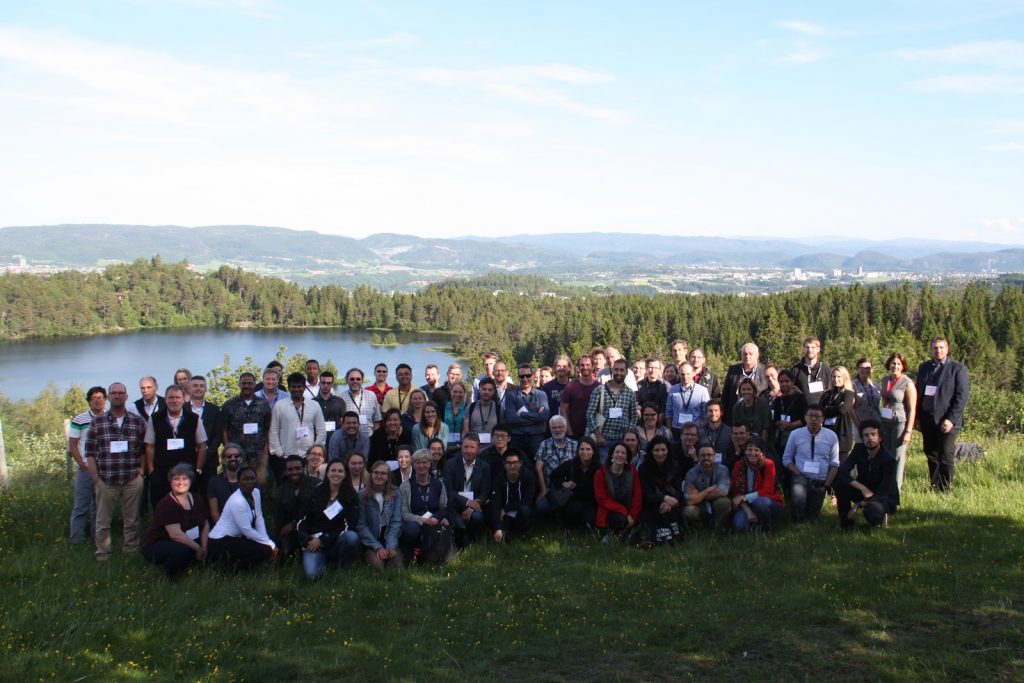
Photograph by Giang-Son Nguyen (SINTEF) The Norwegian city of Trondheim seemed the place to be this June – with hotels in high demand

Photograph by Giang-Son Nguyen (SINTEF) The Norwegian city of Trondheim seemed the place to be this June – with hotels in high demand

Adapted from Ohdera A et al. Three jellyfish genomes are better than one A new article in GigaScience might make you squirm if you plan to hit the beach this summer. The published work presents the draft genomes of three different jellyfish species.
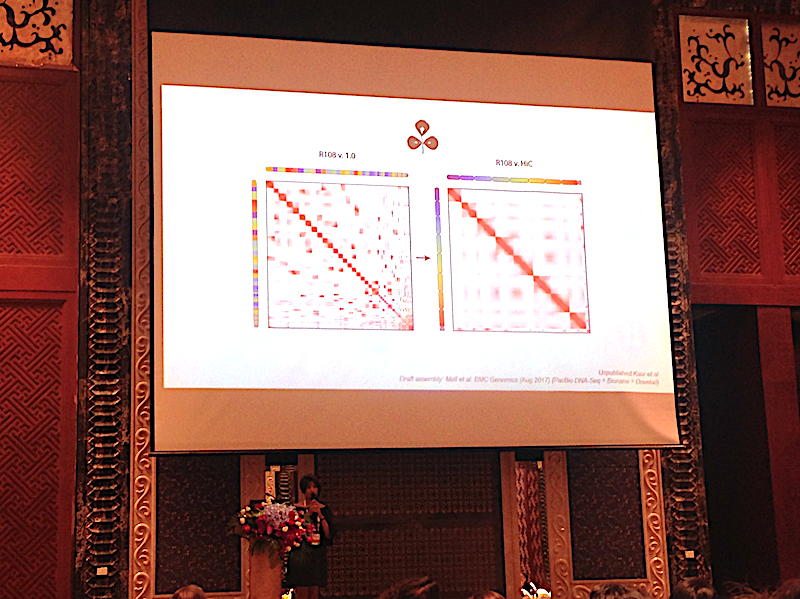
Regular readers will know GigaScience has published a lot of plant and animal genomes, and the biggest conference for this research community is the appropriately named Plant &
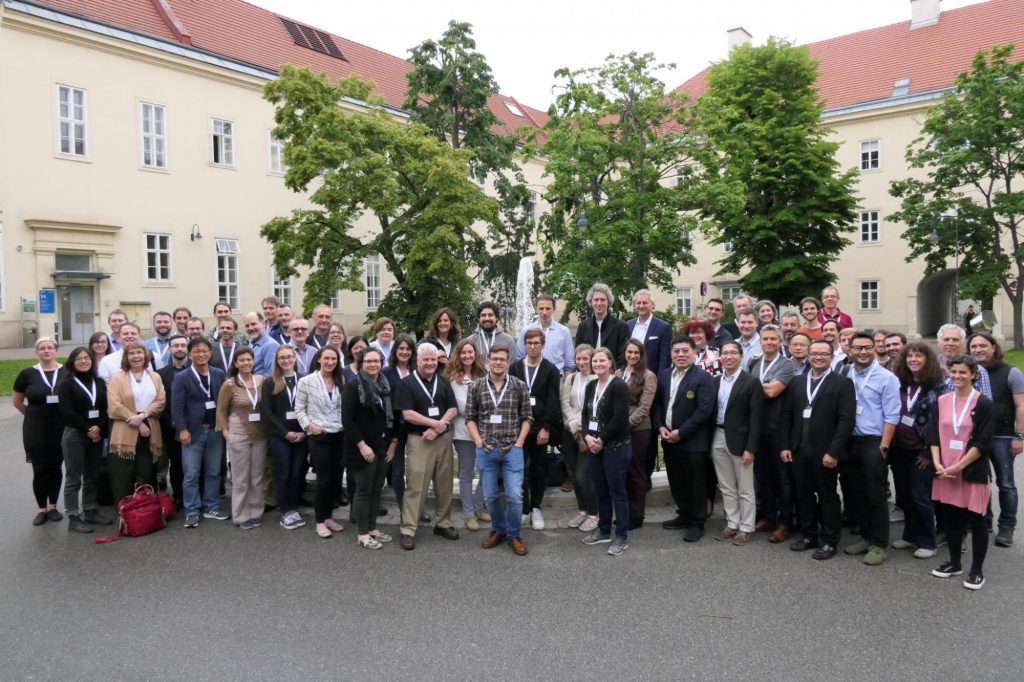
The 21st meeting of the Genomics Standards Consortium (GSC21) took place last week in Vienna at one of the oldest universities in the world – the University of Vienna – from May 20th-23rd. We’ve been long time supporters and participants of the Genomics Standards Consortium meetings going back to 2012’s GSC13 in Shenzhen, and have also published a special series of GSC “Best Practice in Genomics Research” papers.
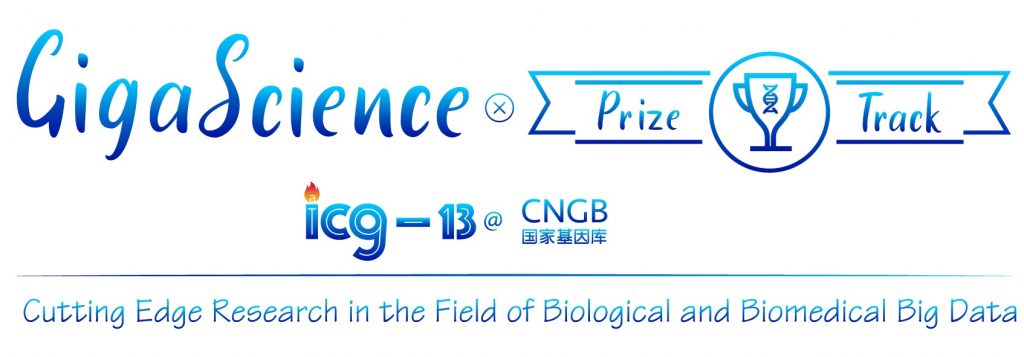
Just out in GigaScience is a new paper presenting Rice Galaxy, an open resource for plant science using the Galaxy workflow management system we are so fond of. The authors from the International Rice Research Institute in the Phillipines are winners of our 2018 ICG13 Prize, and as this is the final paper to be published we can now present a summary of the competition.

Just out in full text is a our first paper showcasing our latest complete integration with the Sketchfab 3D viewer. In this a 3D fossil seabed from the lower Devonian geologic period has been digitally reconstructed using micro X-ray computed tomography (microCT) imaging.
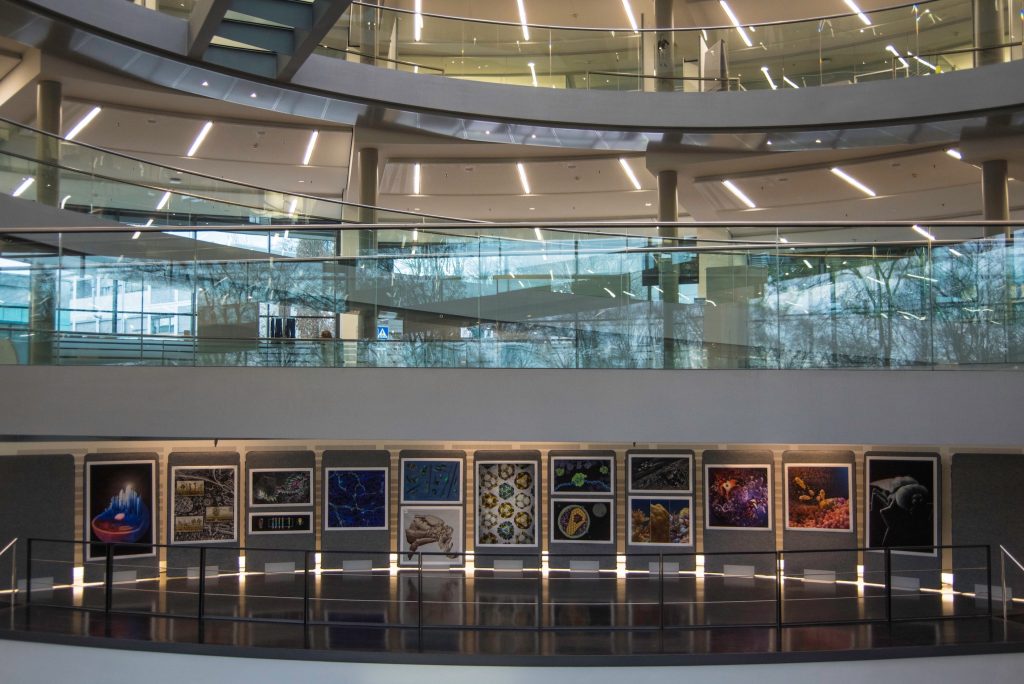
The 10th anniversary of the EMBO Workshop: Visualising Biological Data (VIZBI 2019) took place in EMBL in Heidelberg last week. GigaScience Data Scientist Chris Armit was there and was astonished at the cinematic quality of the visualisations that were showcased over this 3-day meeting.
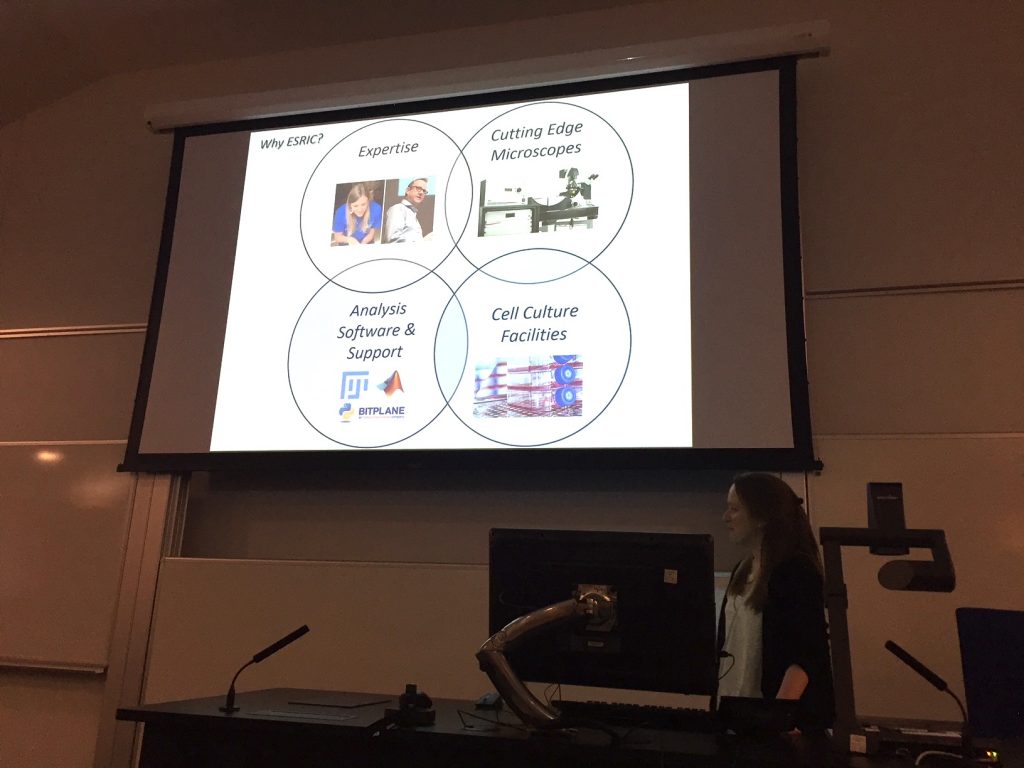
The diffraction limit of a microscope hinders the ability to see single molecules as the optics do not allow the researcher to distinguish between two fluorescently labelled molecules that are less than 200nm apart. As a means of overcoming this barrier, super-resolution microscopy utilises various tricks to go beyond the diffraction limit and image sub-cellular nanostructure in cells and tissues.
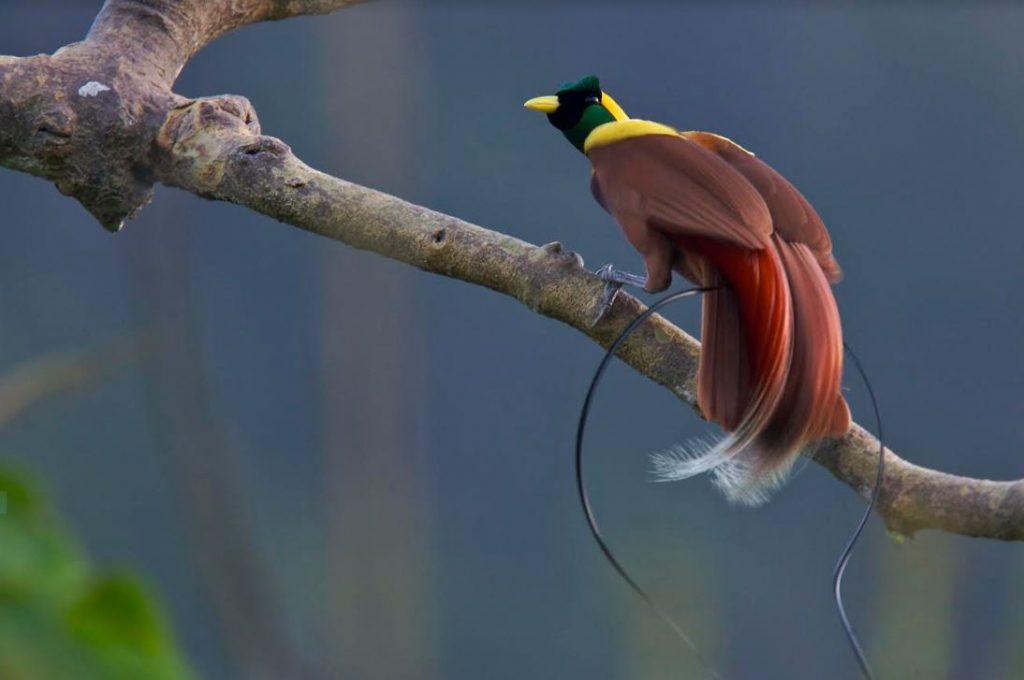
New genomic data from five birds-of-paradise reveal genes that are shaped by selection and help explain the origin of their spectacular plumage. Birds-of-paradise, with their elaborate and colorful feathers and their complex courtship displays, are a school-book example of sexual selection.

Dr Yang Tuo collecting in Ruili, CC-BY Our Biggest Dataset Yet. Oh, Ruili? * A new Data Note* provides genome sequencing data that effectively triples the number of plant species with available genome data.